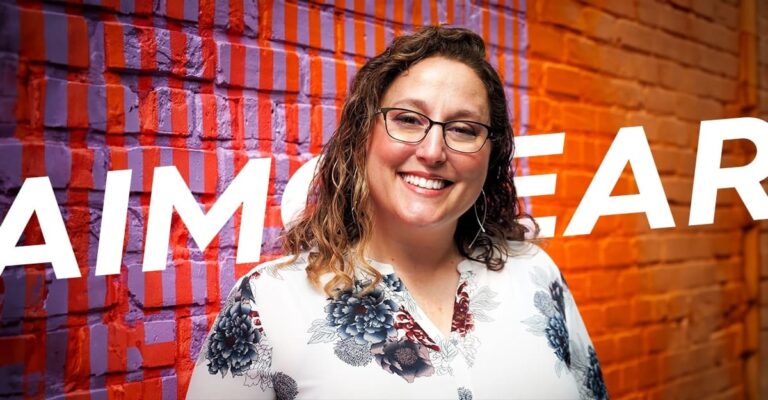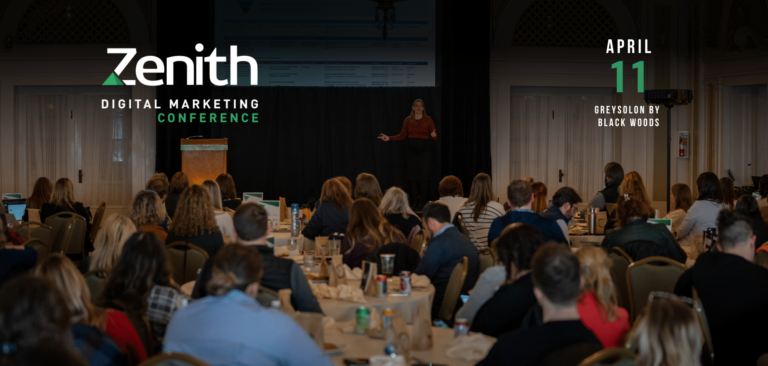In a performance-driven world where clear-cut metrics can be a marketer’s best friend, the fear of anything less can seem too discouraging for words no matter how valuable it truly is. This SES New York session (which was awesome) on the State of Search track was SEO Performance Marketing: Paid Search is Accountable So Why Not SEO?…
Why not indeed… moderator John Marshall, SES Advisory Board & CTO, Market Motive and speakers Seth Besmertnik, CEO, Conductor, Inc., Richard Zwicky, Founder & CEO, Enquisite and Craig Macdonald, Senior Vice President and Chief Marketing Officer, Covario were ready to make their case. Seth Besmertnik was up first, and immediately dove into the concept that natural search is the most underspent channel in web marketing. Ouch.
- Natural Search reaches 1.8 billion monthly searches and accrues 86% of all search engine clicks
- Paid Search accounts for 14% of search engine clicks but amounts to a staggering 89% of ad spend, an amount closing in at around $10.7 billion.
While PPC is a relatively stand-alone marketing tactic, SEO touches everything (teehee… oh, come on… you know you giggled, too): editorial, direct marketing, public relations, IT and yes, PPC.
A Â line graph comparing the investment of organic vs. paid search showed PPC Â with a slow but steady increase, while SEO crawls along under the radar for quite a while before skyrocketing straight up. Unfortunately, it’s this lag before measurability- this calm before the storm of awesomeness that causes SEO to go overlooked by C-levels.
What is SEO worth to your business?
Are you in-house? What’s it worth? Are you an agency? What’s it worth? You have to understand the opportunity at hand before you can successfully act upon it. Otherwise, Seth said, it’s like having a treasure map that leads to a chest full of those dumb pamphlets handed out on a street in Las Vegas.
Let’s look at those same statistics (natural search vs. paid search) in a different language now:
- Total realized opportunity = 14% or 160 million visitors
- Total unrealized opportunity = 86% or 1.8 billion
Seth suggested generating an SEO Opportunities Realized vs. Unrealized pie chart that reflects your company’s specifics. If the results support your case for SEO, rub the pie chart it in the face of those who dismiss SEO as a waste of company resources. Hell, this may be the closest you ever come to smearing your C-suite with a banana cream dessert.
Stepping Stone SEO Metrics
A nice first step towards making sure your SEO efforts count is to create a timeline of maturing metrics.
- Q1 Milestones – keyword metrics, recommendations made [pre-traffic]
- Q2 Milestones – Page score, number of indexed backlinks [pre-traffic]
- Q3 Milestones / Goals – Overall Rank [post-traffic]
- Q4 Goals – Conversions, ROI [post-traffic]
The overall goal is to begin bringing accountability & measurability to SEOs. Track recommendations, the velocity of recommendations, the creation and implementation of recommendations, and the correlation of metrics. Monitor your page score like a hawk. If you’re improving at all, however small the increment, that’s progress.
Where Are You Headed?
Check out your site’s metrics on platforms like comScore or Alexa. These figures aren’t 100% accurate but they are generally viewed across the board by customers and clients as trusted sources.
SEO Assessment: Gauging Your Maturity
There are four main types of optimization you should perform on your site:
- Site / technical audit followed by optimization
- Content audit followed by optimization
- Offsite  audit followed by optimization
- Tracking and metrics
Show these figures to  your boss(es). Seth pointed out that getting the company decision-makers on board with SEO is just as important as any of the SEO techniques you’ll ever learn at any marketing conference. (Amen!)
Robert Zwicky was up next. His voice was so soothing I had to make sure I didn’t slip into a food coma.
Zwicky pointed out that PPC is most definitely a performance-driven channel, and that on the flipside, everyone is afraid of the “black box” known as SEO. Because of this fear, they overlook the significant value SEO provides as a viable marketing channel.
Hmm… these themes of fear and overlooking SEO opportunities… they seems so familiar…
Anyhow, Zwicky noted that the comforting measurability of PPC and the undeniable power of good SEO call for a balance between the two.
Building the Right Online Marketing Mix
A good online marketing mix should seek to boost visibility across all marketing channels and deliver true value to the consumer.  Let us never forget that organic search is a long term commitment. Just as there is no one-size fits all model, there is no one-time-deal approach. The key is to listen to the data in your analytics- your potential customers are telling you what they want. You can’t manage what you can’t measure, so analytics are key. Another benefit of building a balanced strategy is that it unites your company internally. And that’s just a nice warm, fuzzy feeling we could all use a bit more of.
The Evolution of Predictive Analytics
- In the early days, we had no data.
- Then, we had basic data with a hit counter.
- Then, we got to see who went where.
- Now, we can see who goes where, what they like, what they need, where they gather.
Accountability of SEO
Of course online marketing is about the brand, but it’s also about sales. Your CEO is pushing forward with online marketing because he/she want to make money as a result. The sad part is so many C-levels don’t understand the difference between PPC and organic. Like, literally- spatially- they think that since they pay money for PPC they will canvas the entire landscape of page one SERPs. Robert cited similar troubling stats as Seth:
- 92% of traffic comes from organic search but only $1.4 billion is spent annually
- 8% of traffic comes from paid search but $39 billion is spent annually
So due to their unawareness, C-levels often give the green light for more PPC work because of its black & white metrics even though they’re spending 33% more to reach 8% of the traffic.
How PPC Gets Treated
Again, the concept of PPC as a stand-alone, more manageable facet of marketing is brought to mind whereas SEO is lumped in with social, linking, PR, etc. Â Many view SEO as an IT project (in part due to the sometimes convoluted vernacular us geeks use) and shove it in the “nice to have” pile when it deserves to be in the “need to have.”
The fact is, as Zwicky pointed out, “You can’t afford not to have a good SEO structure.”
How Social Gets Treated
C-levels hear that social media is hot and they want it. Twitter! Want it. Facebook! Need it. But they have no idea what it’s about, what it requires, what the produces. That impulsive approach often leads to KPI-less social campaigns set in communities devoid of target audiences that are often abandoned. Crash and burn, baby.
Instead, here are some steps to keep in mind:
- Listen to your customer.
- Leverage the terms customers use.
- Utilize predictive analysis to understand how they’ll search in the future.
- Set clear KPIs for SEO, PPC, social if you expect to get the budget for them.
- Measure EVERYTHING for success.
Last to take the podium was Craig MacDonald, focusing his presentation on three points:
- What does it takes to drive performance management in SEO?
- What are the characteristics of winning agencies?
- How can I negotiating a performance deal?
Driving Performance Management
First things first – recognize that there is risk when it comes to SEO. Evaluate it. If compensation is based on performance, you must have control over the metrics that measure performance and control over the levers that drive performance. If you lack control over these two things, you’re not going to get anywhere.
Characteristics of Winning Agencies
Winning agencies…
- are able to manage risk
- are able to measure performance
- have top-notch technology (essential)
- have analytic capability
- are conscious of their “process, people, and metrics”
Economics of SEO 2010
- Keyword Discovery = 10%
- Site Audits = 30%
- ORM Training = 15%
- Changes = 45%
Craig recommends minimizing the percent spend on the first three  as much as possible and focusing all available resources on the changes that should be made as a result of your research.
Negotiating the Deal
- Baseline – How are your metrics? Measure your improvement. Analytics are key here. No analytics = no understanding of baseline = no understanding of performance.
- Structure – Understand your ranking. Are you above the fold for your top keywords in SERPs?
- Specifics – Agree within your company on the details and the “source of the truth.”
- Damage Control – Know what to do if something goes wrong :).
So folks, the moral of the story is that even if the measurability of organic SEO isn’t as immediately obvious as that of PPC, it brings in a helluva lot of traffic and deserves a little TLC, too. And I guess so do those who perform it… so next time you run into your friendly neighborhood SEO, give ’em a hug or something.
credit: AnthonyMendezVO










